Text

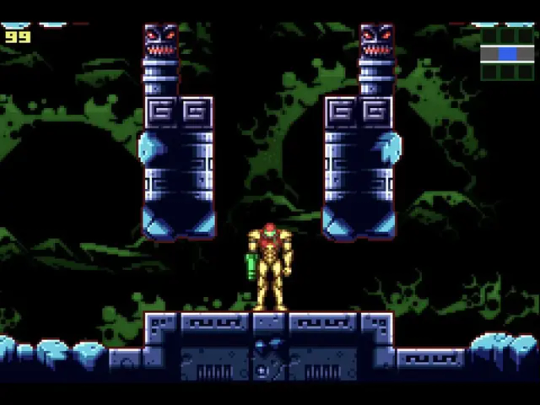
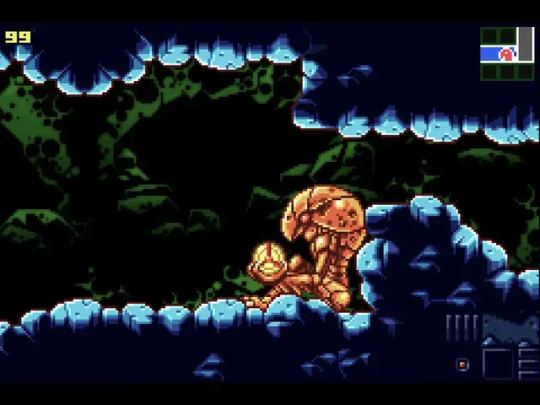

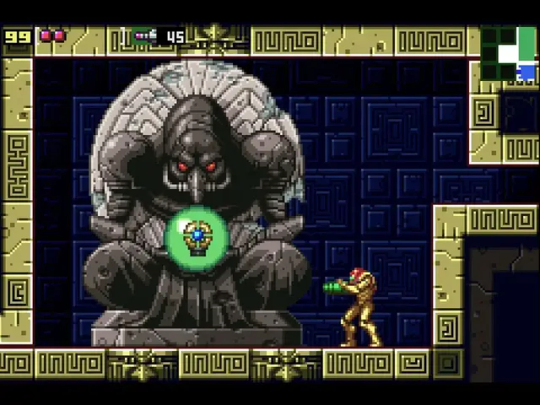
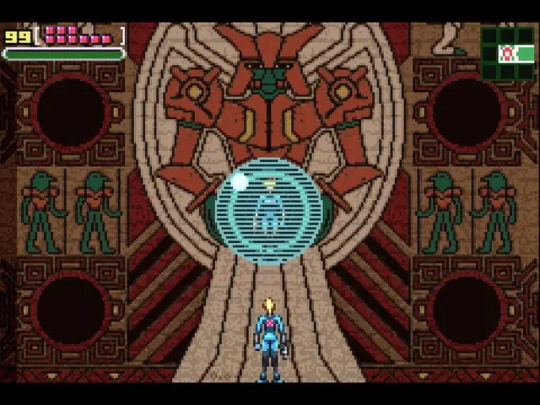
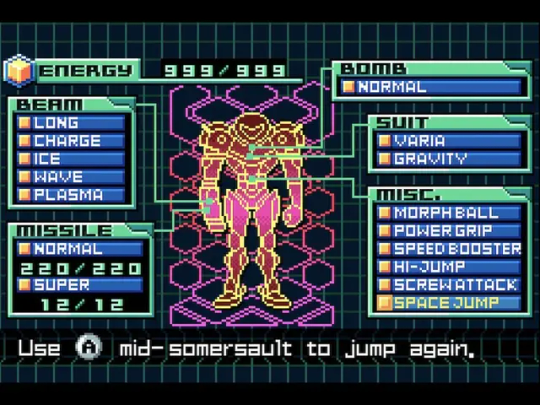
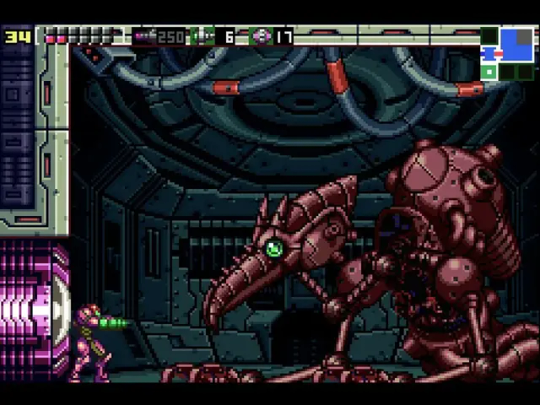

Metroid Zero Mission (2004) by Nintendo R&D1 and Yoshio Sakamoto
Metroid: Zero Mission is a remake and reimagining of the original Metroid (1986), developed by Nintendo R&D1 and published by Nintendo for the Game Boy Advance in 2004. It revitalizes the original NES game with modernized graphics, updated mechanics, a deeper narrative, and entirely new content that expands the universe and story of Samus Aran, one of gaming’s most iconic protagonists
Story & Setting The game follows Samus Aran, a lone bounty hunter, as she travels to the planet Zebes to stop the Space Pirates, who are using parasitic creatures called Metroids for biological warfare. The mission is to infiltrate their base, defeat Mother Brain (the AI in control), and prevent disaster.
Zero Mission expands on this core plot with cinematic cutscenes and Chozo lore, offering more context about Samus's childhood, her adoption by the Chozo, and the origins of her Power Suit. It also explores her resilience and ingenuity during a critical post-mission escape.
Gameplay Mechanics Zero Mission is a 2D Metroidvania — a mix of platforming, exploration, and action where gaining new items and abilities unlocks access to previously unreachable areas. Key features include:
• Power-Ups: Missile Tanks, Morph Ball, Bombs, Ice Beam, Varia Suit, Speed Booster, and more.
• Exploration-Based Progression: You’ll constantly backtrack to old areas with new abilities to uncover secrets.
• Map System: A detailed, color-coded map helps with navigation, solving a key flaw in the original.
• Tight Controls: Movement and combat are fluid, with responsive controls suited to modern players.
New Content & Enhancements While it closely follows the structure of the original Metroid, Zero Mission adds significant new gameplay and narrative segments:
• Zero Suit Samus: After completing the "original" mission, Samus’s gunship is shot down. She escapes without her Power Suit, forcing her into a tense, stealth-based infiltration of a Space Pirate mothership using only her agility and a stun pistol.
• New Areas: Chozodia (the Space Pirate base) and various hidden Chozo ruins weren’t present in the 1986 version.
• Boss Battles: Several bosses were redesigned or newly added, including Mecha Ridley.
• Save Stations: Replacing passwords from the NES version, save points make progress much more manageable.
Zero Mission had sold over 439,000 units in the United States and 69,000 in Japan as of February 2005. It was rereleased on the Virtual Console service for Wii U and the Nintendo Classics service for Nintendo Switch.
More info: https://en.wikipedia.org/wiki/Metroid:_Zero_Mission
#metroid#metroid zero mission#zero mission#samus#samus aran#zero suit#chozodia#space pirates#nintendo#nintendo snes#nintendo gba#nintendo switch#retro gaming#retrogaming#retro computing#retro games#pixels#big pixel is beautiful#pixel graphics#pixel art#pixel animation
22 notes
·
View notes
Text

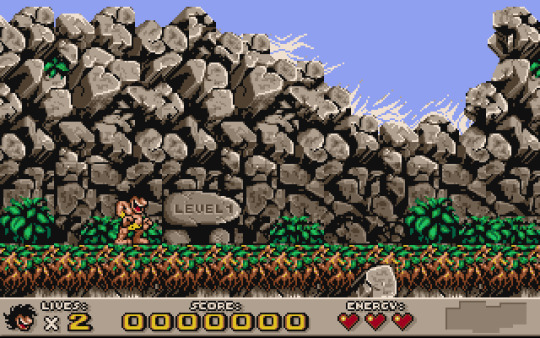
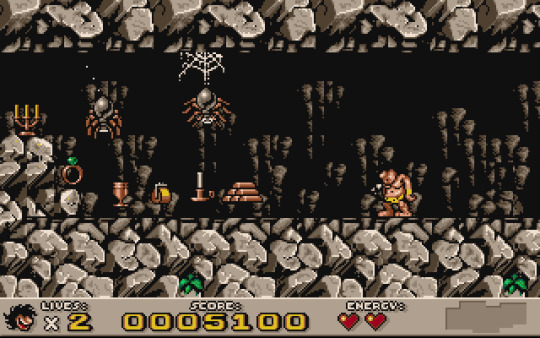


Prehistorik 2 (1993) by Titus France
Prehistorik 2 is a platform game sequel to Prehistorik. It was developed by Titus Interactive for MS-DOS and Amstrad CPC and published in 1993. Like its predecessor, the main character of Prehistorik 2 is a caveman on a quest for food who fights various animals and humorous end-of-level bosses.
more info: https://en.wikipedia.org/wiki/Prehistorik_2
#big pixel is beautiful#pixel graphics#pixels#pixel art#retrogaming#retro gaming#90s#90s games#prehistorik#prehistorik man#ms dos#cpc#amstrad cpc#pixel animation
3 notes
·
View notes
Text

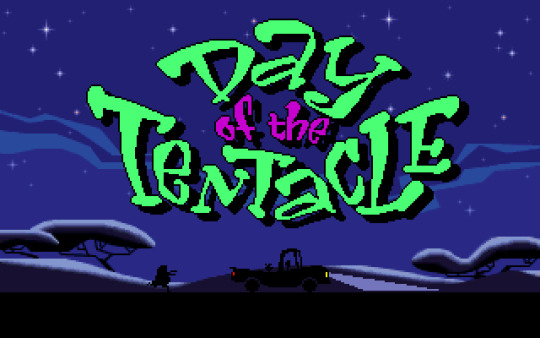





Maniac Mansion II: Day of the Tentacle (1993)
by Tim Schafer & Dave Grossman / LucasArts
The game in which there are no horizontal and vertical lines.
Day of the Tentacle (DOTT) is a 1993 point-and-click adventure game by LucasArts, and a sequel to Maniac Mansion. It follows three quirky characters—Bernard, Hoagie, and Laverne—who must stop the evil Purple Tentacle, a sentient mutant bent on world domination. After Purple drinks toxic waste and grows arms (and ambition), the heroes are sent across time—Hoagie to the past, Laverne to the future, and Bernard remains in the present. Players solve puzzles across these eras, where actions in one timeline affect the others.
The game is renowned for its cartoonish art style, absurd humor, and clever time-travel mechanics. For example, sending a message through time or freezing an object in the past to use it in the future are core puzzle elements. Its writing is sharp, with witty dialogues and exaggerated characters.
Originally released for DOS and Mac, DOTT became a cult classic and was praised for innovation and design. A remastered version launched in 2016 with HD visuals and voice acting updates, making it accessible for modern players. Today, it stands as one of the most beloved adventure games of all time, blending humor, storytelling, and clever puzzles into a timeless experience.
#day of the tentacle#dott#lucasarts#point and click#adventure#retro games#videogames#video games#big pixel is beautiful#pixel graphics#pixel animation#pixels#tim schafer#dave grossman#90s#ms dos#macintosh#vga#svga#maniac mansion
8 notes
·
View notes
Text
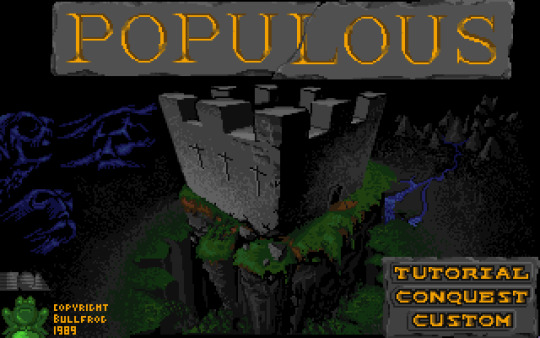



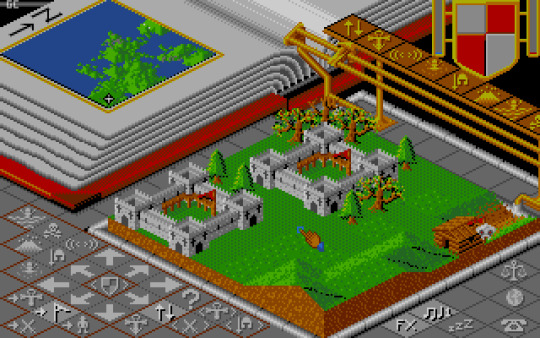
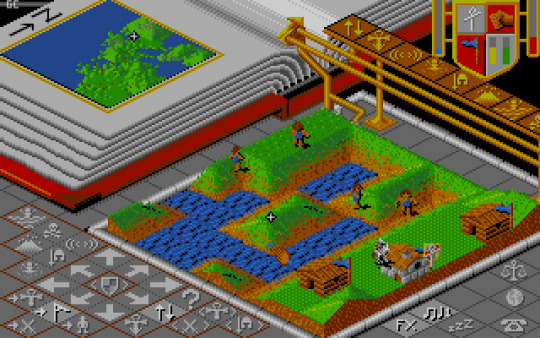
Populous (1989) by Peter Molyneux / Bullfrog
Commodore Amiga
Populous is a video game developed by Bullfrog Productions and published by Electronic Arts, released originally for the Amiga in 1989, and is regarded by many as the first god game.
The player takes on the role of a deity and must lead his people to victory against rival deities and their followers. The game, presented from an isometric perspective, contains over 500 levels, each representing a distinct land area inhabited by both the player and the enemy's followers.
Before development began, Peter Molyneux and Bullfrog used Lego to prototype the game.
https://en.wikipedia.org/wiki/Populous_(video_game)
#big pixel is beautiful#pixel graphics#pixels#pixel art#retrogaming#retro gaming#commodore amiga#80s#populous#bullfrog#peter molyneux
11 notes
·
View notes
Text
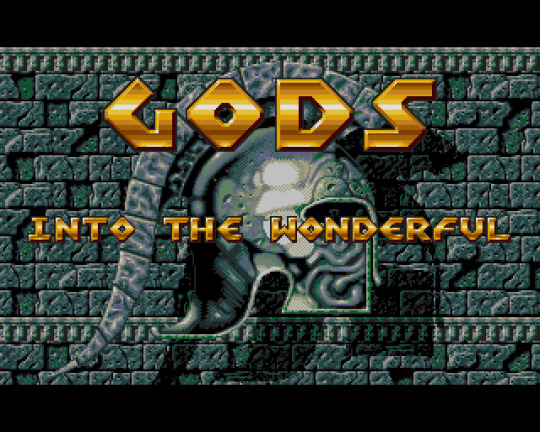


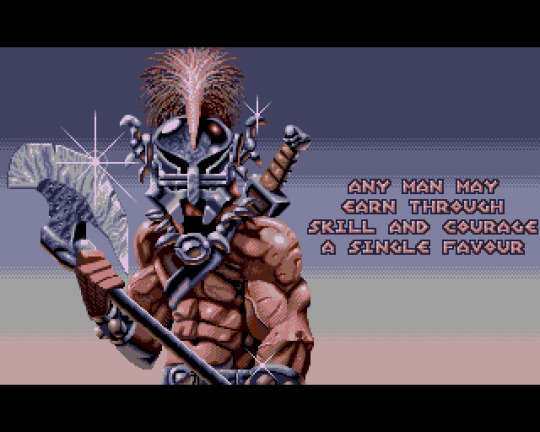
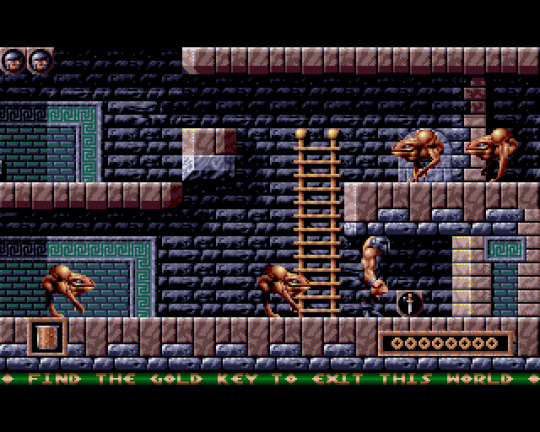
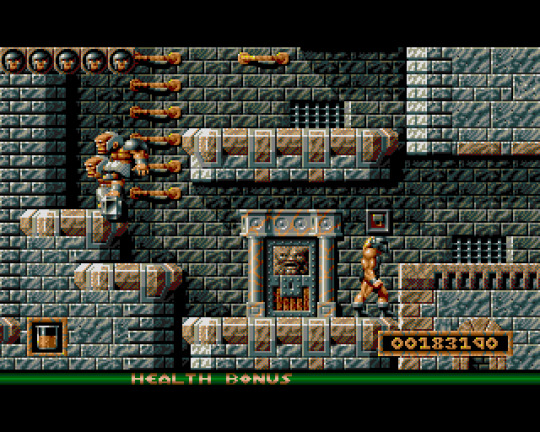
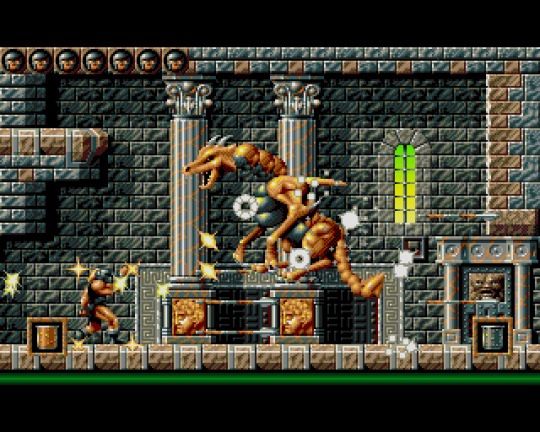
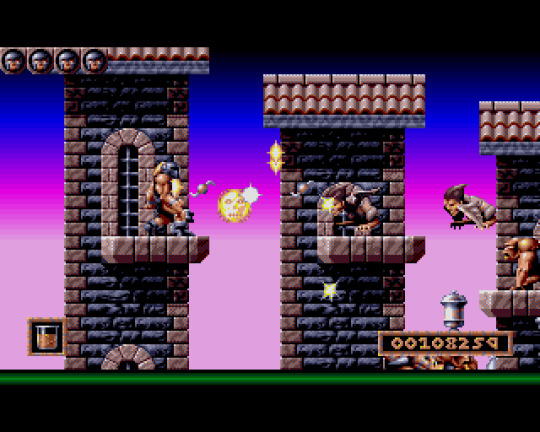
GODS (1991) by Bitmap Brothers
Commodore Amiga / Atari ST
Gods is a platform game by The Bitmap Brothers released for the Amiga and Atari ST in 1991.
The player is cast as Hercules in his quest to achieve immortality. It was ported to the Acorn Archimedes, Genesis/Mega Drive, PC98, Super Nintendo Entertainment System, and Atari Jaguar.
The game is a beautiful pixel art masterpiece, but the gameplay is awful.
#big pixel is beautiful#pixel graphics#pixels#pixel art#retrogaming#retro gaming#90s#commodore amiga#atari st#gods#bitmap brothers
30 notes
·
View notes
Text

Blade Runner - Rechel
3 notes
·
View notes
Text

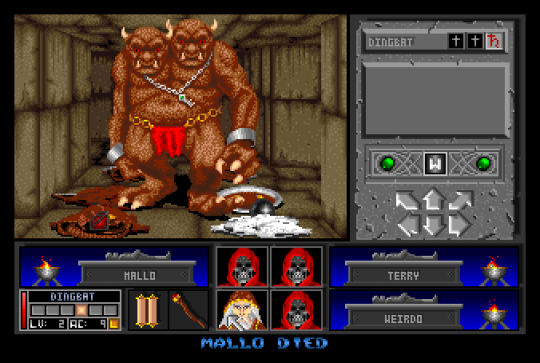

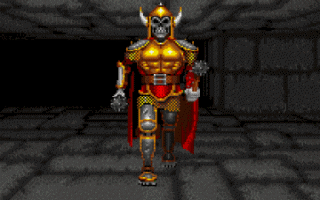

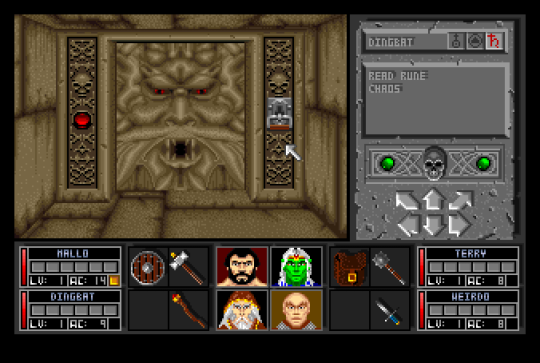

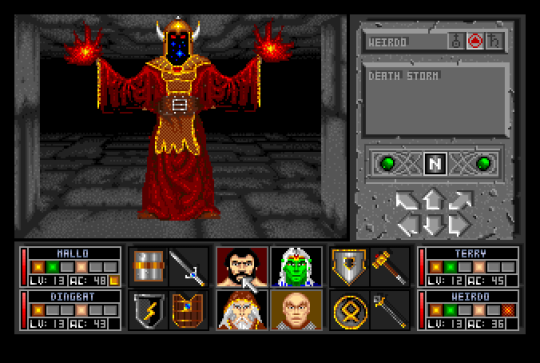

Black Crypt (1992) by Raven Soft
Commodore Amiga
Black Crypt is an Amiga-exclusive role-playing video game and Raven Software's debut title (they would later make Heretic and Hexen with ID Software). The game is one of the few to use an extra half-brite mode, which doubles the number of colors on the screen and sometimes looks simply beautiful.
Like most dungeon crawlers of the era, including the genre-defining Dungeon Master and Eye of the Beholder series, Black Crypt is set in a fantasy world inspired by Dungeons and Dragons.
At the start of the game, you create your characters from scratch, although they must be a Fighter, a Priest, a Magician, and a Druid. You can name your characters, choose their profile picture, and give them a few extra skill points, but you cannot change their class.
A Sega Mega Drive version was in development but was never released.
https://en.wikipedia.org/wiki/Black_Crypt
#big pixel is beautiful#pixel graphics#pixels#pixel art#retrogaming#retro gaming#90s#commodore amiga#commodore#black crypt#raven soft#rpg#role playing#dungeon crawler
38 notes
·
View notes
Text
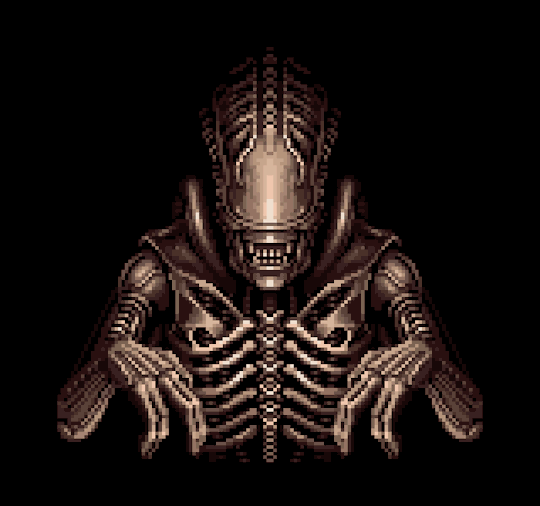
Alien vs Predator / Cutscene (1983)
Nintendo SNES
#big pixel is beautiful#pixel graphics#pixels#pixel art#gif#16 bit#nintendo#retro gaming#retrogaming#nintendo snes#super famicom#alien art#alien#alien vs predator#cutscene
13 notes
·
View notes
Text

by Waneella
3 notes
·
View notes
Text
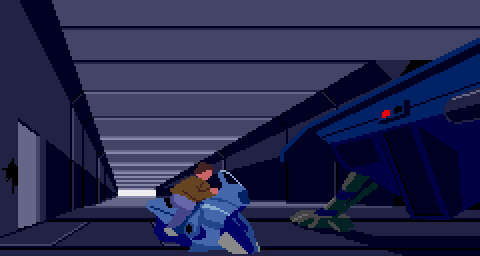
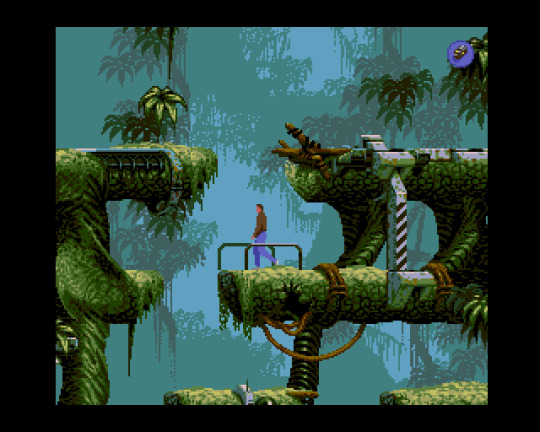
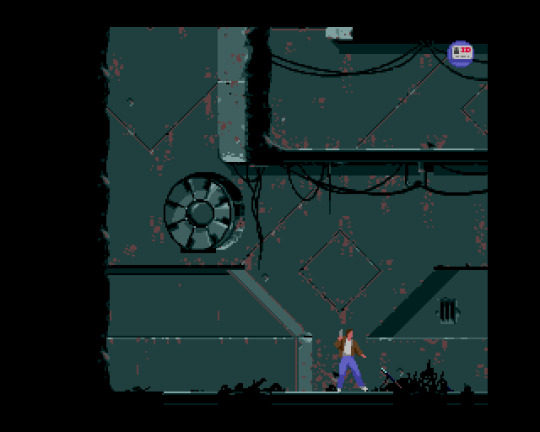

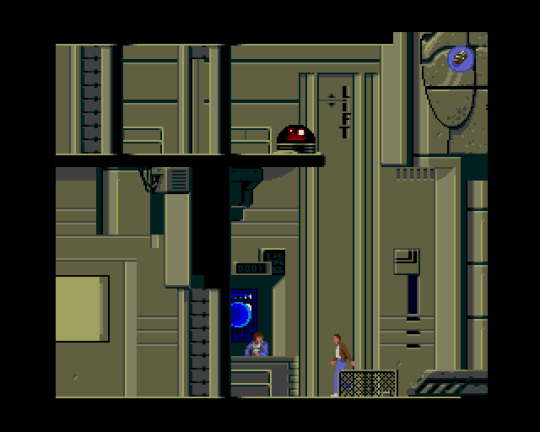
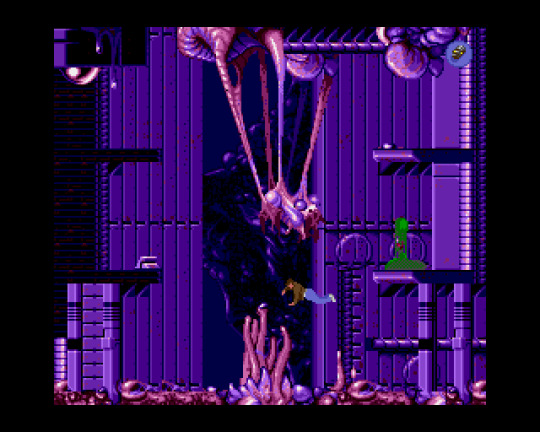
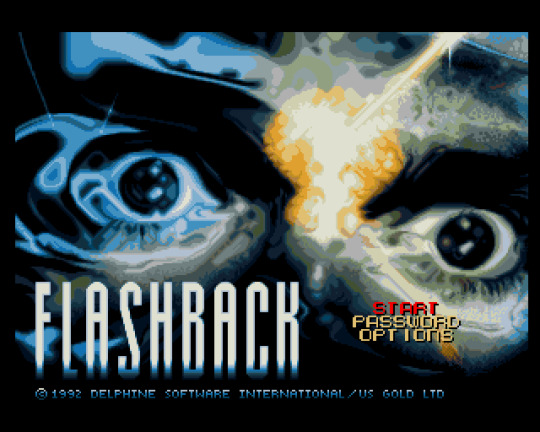
Flashback (1992)
Commodore Amiga
Flashback, released as Flashback: The Quest for Identity in the United States, is a 1992 science fiction cinematic platform game developed by Delphine Software of France. It was published by U.S. Gold in the United States and Europe and by Sunsoft in Japan.
A successor of sorts to the equally brilliant Another World, Flashback might look at first glance to be your typical 2D platformer. Still, it skillfully blends cinematic scenes with reflex-testing action to create one of the most memorable pixel graphics games of all time.
While it would find global fame on consoles (and director Paul Cuisset has been quoted as saying the Mega Drive version is the best), the Amiga version is where Flashback made its initial impact; this is effortlessly one of the finest games on Commodore Amiga.
https://en.wikipedia.org/wiki/Flashback_(1992_video_game)
#big pixel is beautiful#pixel graphics#pixels#pixel art#retrogaming#retro gaming#90s#commodore#commodore amiga#amiga#flashback#another world#2d platformer#u.s. gold
54 notes
·
View notes
Text
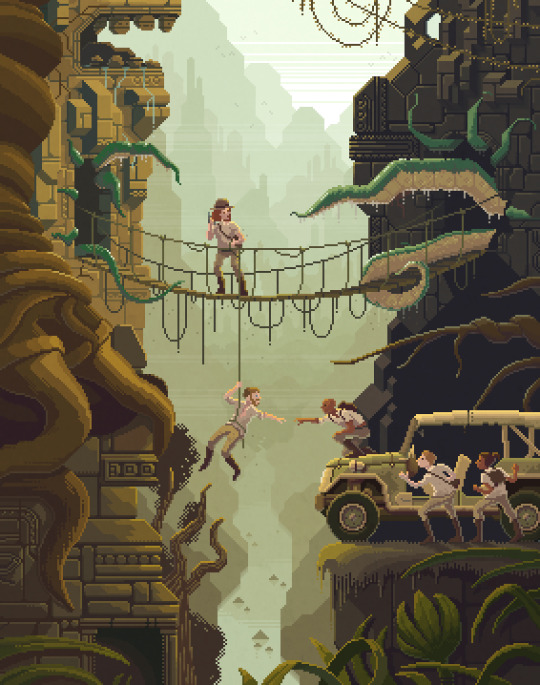
The Stolen Idol by Octavi Navarro
1 note
·
View note
Text
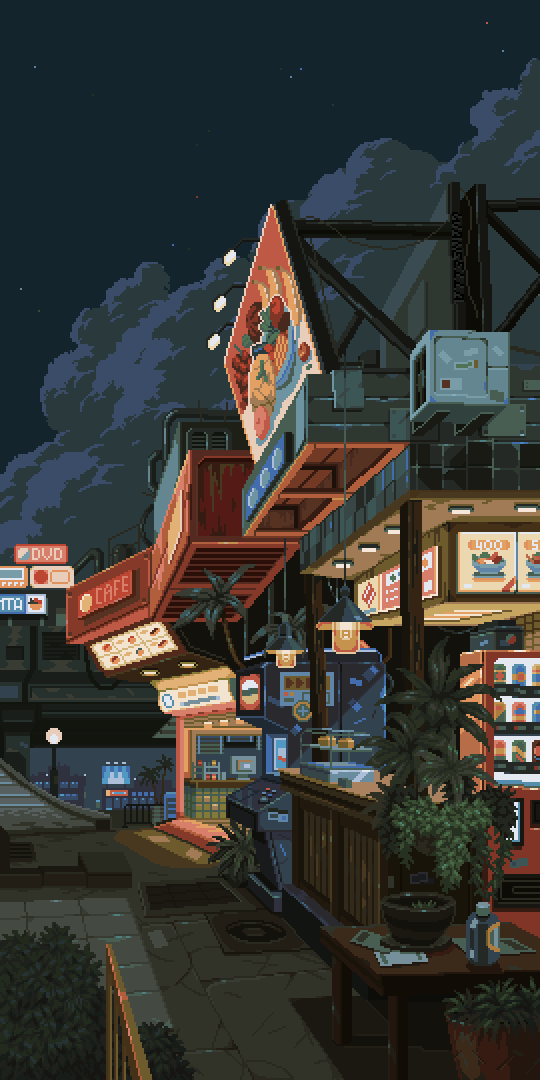
Night Sky by Waneella
9 notes
·
View notes
Text
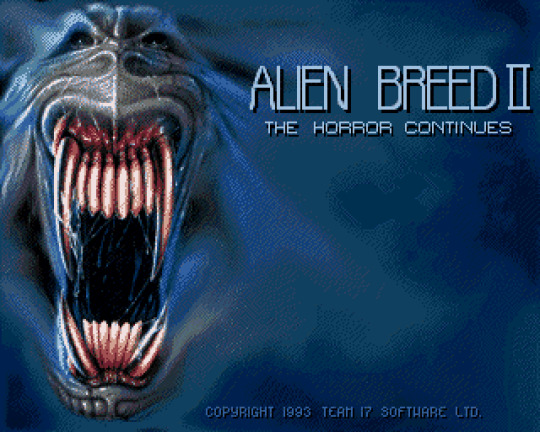
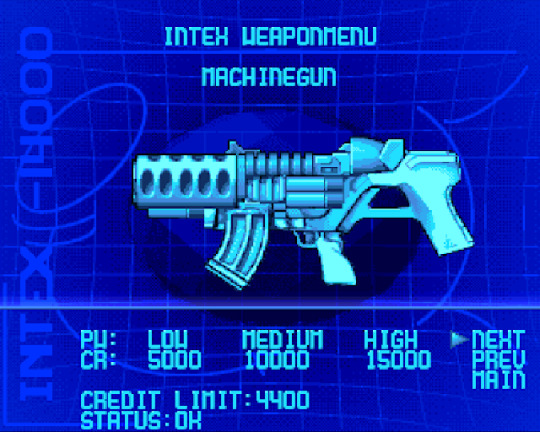

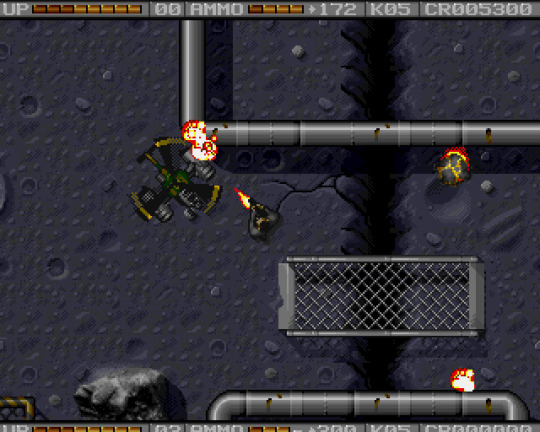


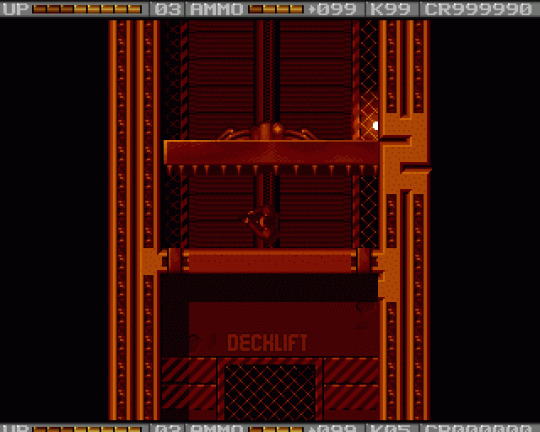
Alien Breed II: The Horror Continues (1993)
Commodore Amiga
Alien Breed II: The Horror Continues is a run and gun video game, the sequel to Alien Breed. It was released in 1993 by Team17 for the Amiga, available in both OCS/ECS and AGA versions. The AGA version of the game was also included as an extra in the Amiga CD32 version of Alien Breed: Tower Assault.
https://en.wikipedia.org/wiki/Alien_Breed_II:_The_Horror_Continues
#big pixel is beautiful#pixels#pixel graphics#pixel art#retrogaming#90s#retro gaming#commodore#commodore amiga#amiga cd32#alien breed#run and gun#team17#alien breed 2
9 notes
·
View notes
Text


Cold Eruptions (2024) by MAK
1 note
·
View note
Text
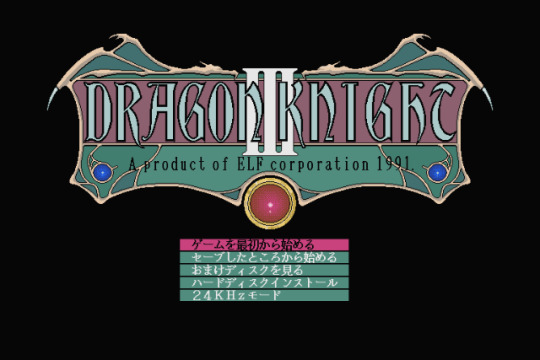
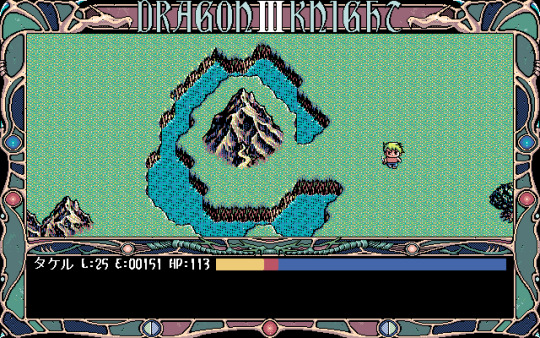




Dragon Knight III ドラゴンナイトIII (1991)
NEC PC-98
The original Dragon Knight III was released in Japan in 1991 for the NEC PC-9801 computer. Ports for the X68000 and PC Engine CD followed in 1992 and 1994, respectively. In addition to the regular version of the game, the PC port (Knights of Xentar in 1985) also has an "adult" version with more features.
#big pixel is beautiful#pixel graphics#pixels#pixel art#retrogaming#retro gaming#retro computing#dragon knight#dragon knight 3#knights of xentar#nec#pc98#pc-9801#dungeon crawler#rpg#80s
8 notes
·
View notes
Text
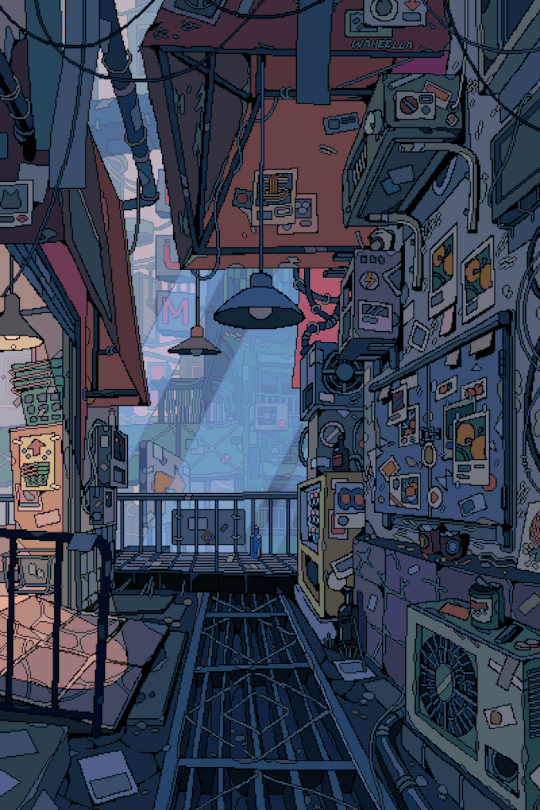
Windy Path by Waneella
84 notes
·
View notes
Text
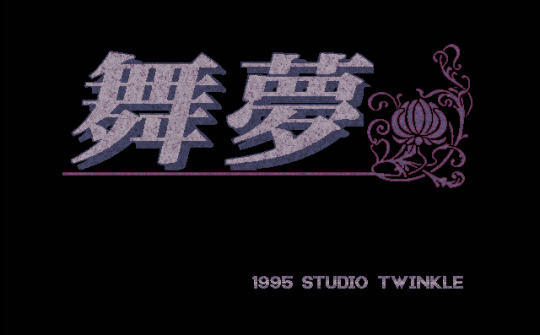
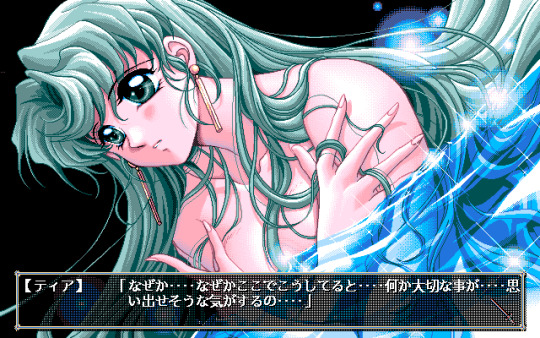





Mime 舞夢 (1995)
NEC PC-98 series // Studio Twinkle
Mime is a classic dungeon crawler: the entire game is set in a maze-like dungeon environments (with auto-map). There are no "safe" areas; random enemies can pop out anywhere. Eagle starts alone (the main character), but later in the game three other heroes join him. The battles are turn-based, utilizing the standard "attack/magic" formula.
Mime 舞夢 was released in the twilight of PC98's life and therefore very nice graphically.
There are a few explicit sex scenes in the game.
#big pixel is beautiful#nec pc-98#pc 98#nec#dungeon crawler#mime#舞夢#retro gaming#retrogaming#retro computing#retro games#pixels#pixel graphics#pixel art
8 notes
·
View notes